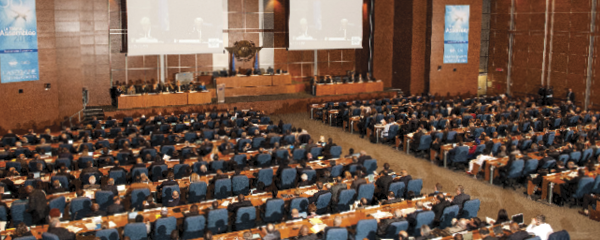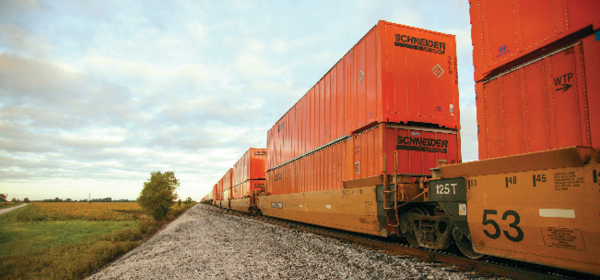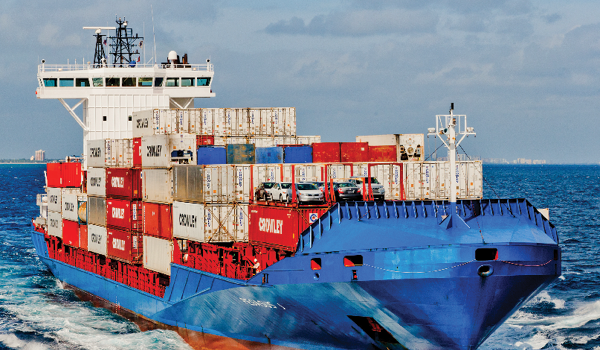Articles
Ocean Shipping

Global Logistics—December 2013
Can India Overcome Supply Chain Obstacles? Supply chain management, the regulatory environment, rural markets, and e-commerce remain India’s obstacles to growth, according to Rick Blasgen, president and CEO of the Council of Supply Chain Management Professionals (CSCMP). "India could accomplish more if it had better infrastructure and the ability to scale up to get products […]
Read More
Optimized Operations Are Green Operations
Many companies in the ocean shipping industry are coping with increasing operating costs, below break-even performance, and aggressive price competition. Under these circumstances, the environmental impact of shipping, and ways to minimize its harmful emissions, are pushed into the shadow of more urgent cost-cutting activities. In the meantime, governments around the world continue introducing environmental […]
Read More
Global Logistics—November 2013
Aviation Climate Emissions Agreement Flies Forward The October 2013 agreement by 191 countries at the International Civil Aviation Organization (ICAO) general assembly in Montreal, which will develop a global market-based measure for aviation emissions by 2020, is a major breakthrough in the development of global standards for the industry. Under terms of the resolution, governments […]
Read More
Intermodal Efficiencies
How shippers save money without sacrificing service by letting railroads handle the long hauls.
Read More
Inbound Logistics’ 2013 Shipping Lines Guide
Since economic recession began spreading around the world in 2008, the ocean freight industry has been in a period of marked transition. The rise and fall of global economies has precipitated a similar effect as global steamship lines try to balance capacity to demand—all while seeking rate stability and reducing costs. Larger, greener ships are […]
Read More
All Aboard a Modal Conversion
Intermodal is crossing over. In August 2013, U.S. domestic traffic averaged 257,795 units per week, the highest weekly average ever recorded, according to the Association of American Railroads. All indications suggest intermodal growth will continue to roll. As over-the-road shippers embrace the efficiency, economy, and sustainability of shifting truck shipments to rail, a conversion is […]
Read More
Is Slow Steaming Good for the Supply Chain?
When shipping lines began promoting slow steaming—operating ships at lower speeds to reduce fuel costs and carbon emissions—they highlighted its environmental benefits. Slow speeds reduce fuel consumption and, therefore, the output of harmful emissions, helping shippers reduce their carbon footprint and reinforce their green image. Sailing ships at slower speeds does significantly reduce fuel consumption. […]
Read More
Less Than Containerload, More Than Worth It
Improved service plus new technology and customized solutions equal new incentive to take advantage of LCL’s benefits.
Read More
Panama Canal: More Questions Than Answers
As the Panama Canal expansion nears completion, shippers could gain a viable all-water alternative for transporting product from Asia to U.S. East Coast and Gulf Coast ports. Is there a boom on the horizon?
Read More
Trading Partners Work Together to Secure Maritime Cargo
Q: How are ocean carriers and shippers addressing security standards? A: When U.S. Customs and Border Protection (CBP) introduced the Customs Trade Partnership Against Terrorism (C-TPAT) initiative after the Sept. 11 attacks, it gave government, shippers, carriers, port authorities, and other transportation and logistics intermediaries a platform to build better security protocol into the supply […]
Read More